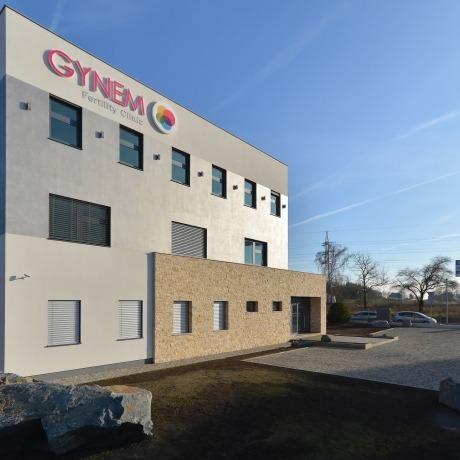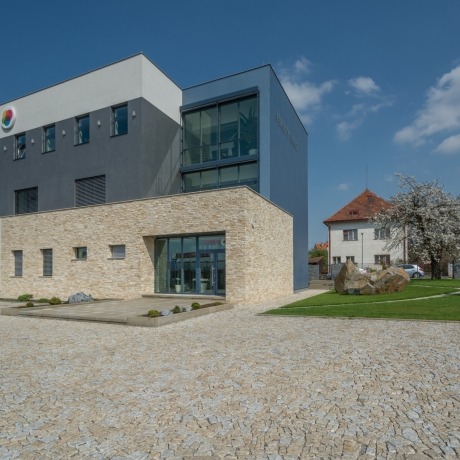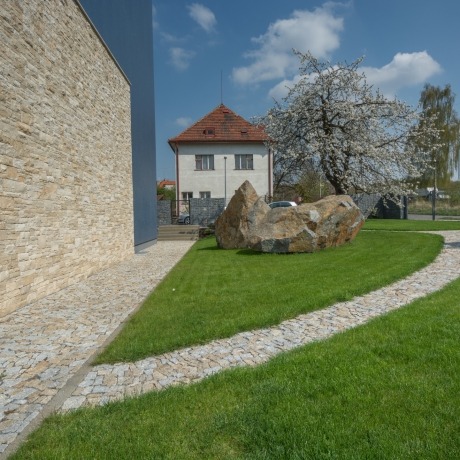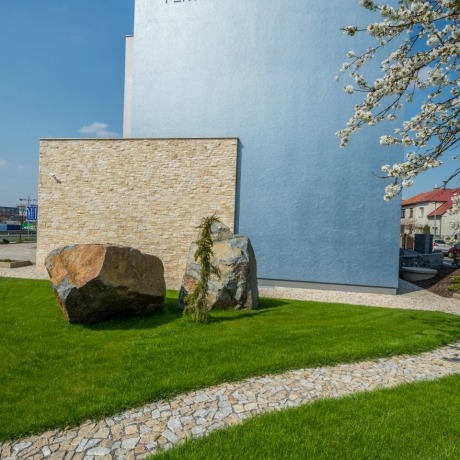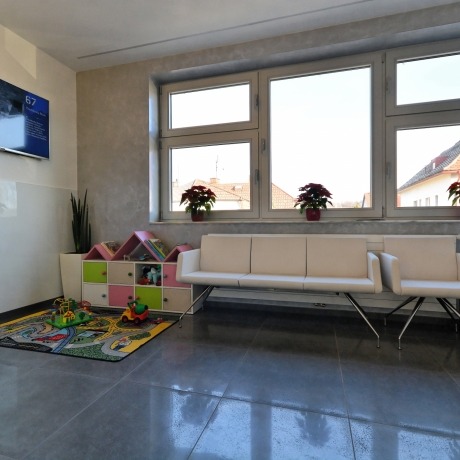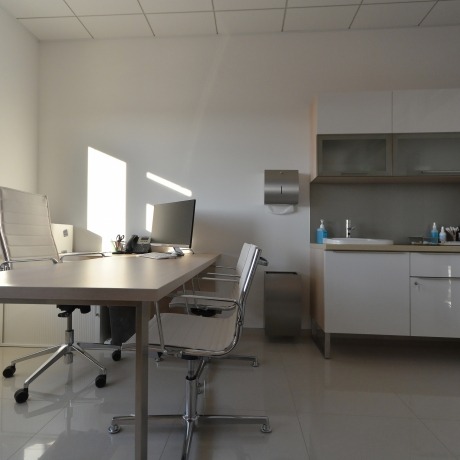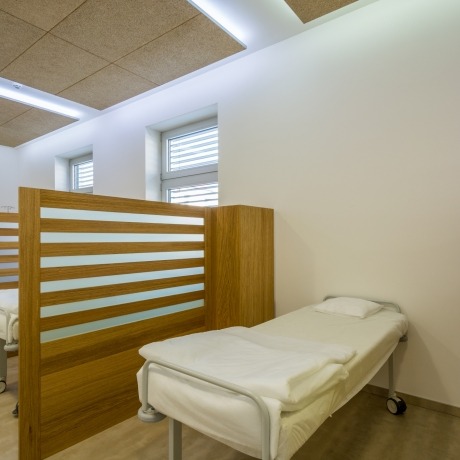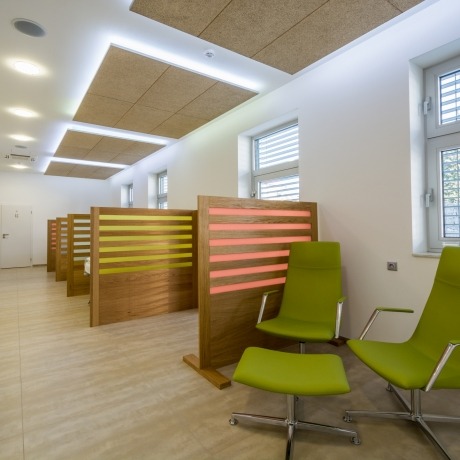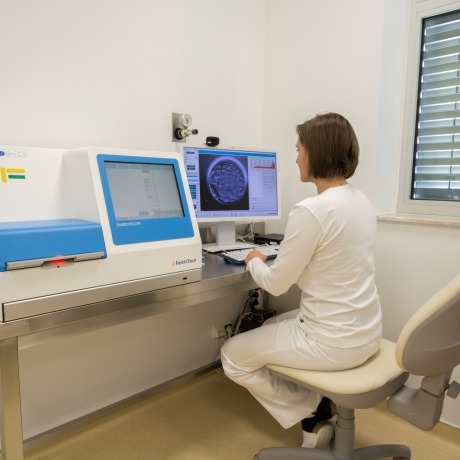Hysteroscopy
Diagnostic Hysteroscopy is a procedure that allows direct visualisation of the cervix, uterine cavity, uterine lining (endometrium) and the end of the fallopian tubes using an endoscopic instrument - a hysteroscope.
Examination of the uterine cavity
Introduction of the hysteroscope through the cervix into the uterine cavity, enables the evaluation of the uterine cavity.
10-minute procedure
Can be performed without anesthesia as an outpatient procedure, without prior medication or time off work afterwards.
Why might a hysteroscopy be recommended?
The purpose of the procedure is to confirm whether the conditions in the uterine cavity are normal, which is the basic prerequisite for a successful implantation of an embryo. If there are any abnormal findings, these should be treated before continuing with any further fertility treatment. A diagnostic hysteroscopy could be suggested to a patient, for example, after repeated unsuccessful embryo transfers.
Why choose Gynem?
- We are a family-owned clinic founded in 2013 by doctor MUDr. Milan Mrázek, Ph.D., MBA and his son MUDr. Martin Mrázek, MBA
- We belong to the top in our field - we have the best IVF specialists in our team.
- We listen to the needs of each client in order to find the most suitable solution.
- An individual approach to the client is a matter of course for us.

How does it work?
The procedure consists of introducing a hysteroscope through the cervix into the uterine cavity, which is then filled with a solution, which enables the evaluation of the uterine cavity.
In the event of a normal finding, the procedure is then completed and the duration of the procedure is up to 10 minutes.
The examination can be performed without anaesthesia, under sedation with Entonox (gas and air), or under short general anaesthesia. The procedure is performed on an outpatient basis, without any need for medication prior to it nor time off work afterwards.
Operative hysteroscopy
Operative hysteroscopy is recommended if there are abnormal findings in the uterine cavity. This is most commonly for the removal of a uterine polyp, the removal of an intrauterine myoma, the treatment of adhesions, the disruption of the uterine septum, etc. Sometimes the endometrium is abraded ("scraped") with a curette. The obtained sample is always sent for histological investigation. Duration of the procedure is approx. 15-30 minutes. It is performed on an outpatient basis under short general anaesthesia.
Are you interested in more details about this procedure? Do you have any questions? Do not hesitate to contact us, we will be happy to help you!









